Tamron 17-50mm f/2.8 Lens Review
This Tamron 17-50mm f/2.8 review discussed the pros and cons of this mid-range zoom lens, plus has a ton of sample photos that I have taken in real world shooting with the lens. While I have a full page (and then some) devoted to different photography equipment, accessory, book, and software recommendations for Walt Disney World and Disneyland photography, it’s not often that I write an entire post about a specific piece of equipment.
However, I’m willing to make an exception for the Tamron 17-50mm f/2.8 lens for a couple of reasons. First, because it’s really that awesome for Disney photography. Second, because a lot of people–even those who don’t care about photography–own DSLRs, and this lens is a great buy for them. (Why? See the first point.)
Okay, so perhaps, “it’s awesome” isn’t a compelling-enough reason to make a purchase. It should be, but I understand that a $500 purchase is not to be taken lightly. To those unfamiliar with photography, $500 might seem like a lot. Those familiar with photography know that the Canon equivalent of this lens costs over $1,000
and the Nikon equivalent costs over $1,500.
To be fair, those other lens do differ from this one and do offer a bit more, but the Tamron holds up very well compared to them. Much better than the 3.5 star score it has for the Nikon mount on Amazon.com.
Let’s take a look at why this lens is such a winner…
Don’t let this score scare you away; people reviewing items on Amazon often have no idea what they’re talking about and review products poorly due to user error. Need evidence? the Canon mount version of the Tamron 17-50mm f/2.8 scores a 4.5 on Amazon. There is absolutely no difference in quality between the two. It’s really a phenomenal lens capable of taking great shots when used correctly. All of the photos here were taken with it.
So why is it so great for a wide spectrum of DSLR users, even those who use their cameras entirely on auto mode? Because the lens is essentially a replacement and upgrade for the kit lens that comes with most entry level DSLRs. It allows for more creativity, but also covers a very useful focal range, so it’s not a niche lens like an ultra-wide angle or a fisheye.
It covers largely the same focal length (17-50mm v. 18-55mm) as a kit lens, but offers better image quality, better low-light performance, and allows for more shallow depth of field because of the constant f/2.8 aperture.
These things are all pretty substantial, so if this lens is in your budget, it’s a great upgrade to make that will allow you to take better photos. For me, the shallow depth of field is a huge deal.
As you can see in the Spaceship Earth photo below and the Disneyland Partners flower shot, you can achieve pretty shallow depth of field at f/2.8 with this lens. That allows for a lot of creativity and that constant f/2.8 aperture also makes this a viable lens to use on Disney dark rides.
Of course, accomplishing more artistic photos or better photos isn’t just a matter of getting a new lens. If you’re using your camera in only auto mode and that’s all you ever intend to use, spending $350 extra dollars on this, instead of the kit lens, is a lot to swallow.
It alone won’t make a huge difference in the quality of photos (even though it will perform better in low light–like at night), but if you ever want to move out of auto-mode, this is a great lens to have.
As far as this lens compared to other options, I will concede that it’s probably not as good as the incredibly expensive Nikon and Canon first party lenses I mentioned above (I’ve never used either of those lenses–I’ve only read reviews and seen comparisons). However, if you’re considering spending $1,100-1,600 on a lens, you probably don’t need my recommendation. You’re probably a pro who isn’t really concerned about price because you’re making a living off the gear. If you are price conscious, and you’re considering a variety of 17-50/17-55mm f/2.8 lenses, I think this is the absolute best option.
It’s better than the similar Sigma, and it’s actually better than the Tamron AF 17-50mm F/2.8 Vibration Compensation Lens. This lens costs $650, and although it is rated a half-star better on Amazon.com than the regular version for Nikon (but a half-star worse than the regular version for Canon…again, both are the same…figure that out), the image quality is actually better on the version that does not have Vibration Compensation (VC).
Now, Vibration Compensation can be helpful in many shooting situations, but I don’t view it as a necessity on a 17-50mm lens. It’s much more useful for lenses that offer more zoom. I’m not alone in this sentiment; most reviewers of this lens have commented that you’re better off sticking with the non-Vibration Compensation version. I’d buy the non-Vibration Compensation version even if the Vibration Compensation version were the exact same price. Given that the VC version costs $150 more, buying non-VC is a no-brainer!
A lot of people recommend the highly regarded 50mm f/1.8 lenses that cost around $150 each as a great way to learn photography. I don’t. Yeah, they’re cheap, but a 50mm non-zoom (prime) lens is a tough way to learn photography, and 50mm is not wide enough for a lot of purposes. I own a 50mm f/1.8 lens that I rarely use (it’s my least used lens by far). I think they’re way over-hyped. But that might just be me.
While the 17-50mm f/2.8 does hit 50mm just like the aforementioned 50mm f/1.8, it is much more useful because it can zoom out. If you want to take photos of your family or wider vistas in the parks, the lower end of the focal range is great for this. In ideal situations, 50mm is actually a better focal length for portraits, but as we all know, situations for taking photos are rarely “ideal” in the parks.
You have to work with the situation presented to you, and usually that situation calls for a wider lens. Conversely, we rarely find ourselves wishing the lens had “more zoom.” I do carry a separate 70-200mm lens with me to the parks, but with few exceptions (Fantasmic!, Kilimanjaro Safaris, etc.), I’m usually using this for creative purposes (perspective compression) rather than because I need the zoom. For at least 80% of my photo-taking, 50mm is more than enough zoom.
As for the more technical stuff, I’ll leave that to the real “experts.” I’m a photographer, not a photographist. Meaning that I actually take photos, rather than fixating over the technical side of things and never actually taking photos. I don’t pixel peep, and I don’t worry about things like chromatic aberration and color fringing. I’m results-oriented. All I know is that I’ve been very happy with the results I’ve achieved with this lens, as has Sarah. She loves the lens so much that it rarely leaves her Nikon D3100 DSLR. We both have used it a lot and both have loved the results. If I could only take one lens with me to Walt Disney World or Disneyland, this would be it. That’s a pretty strong endorsement, I think. This lens just has so much utility that it’s hard not to love!
October 2013 UPDATE: This lens is no longer our recommendation for a kit lens upgrade. Read our Sigma 18-35mm f/1.8 Lens Review to learn why.
If you’re looking for other photography equipment recommendations or photography tips in general check out a few of my top photography blog posts:
Photography Buying Guide: Way More Than You Ever Needed to Know…
Best Books for Improving Your Photography
5 Indispensable Tips for Better Vacation Photos
Neutral Density Filter Buying Guide
Travel Tripod Buying Guide
Your Thoughts…
If you use this lens, what do you think of it? Are you considering adding it to your camera bag? Share your thoughts or questions in the comments!

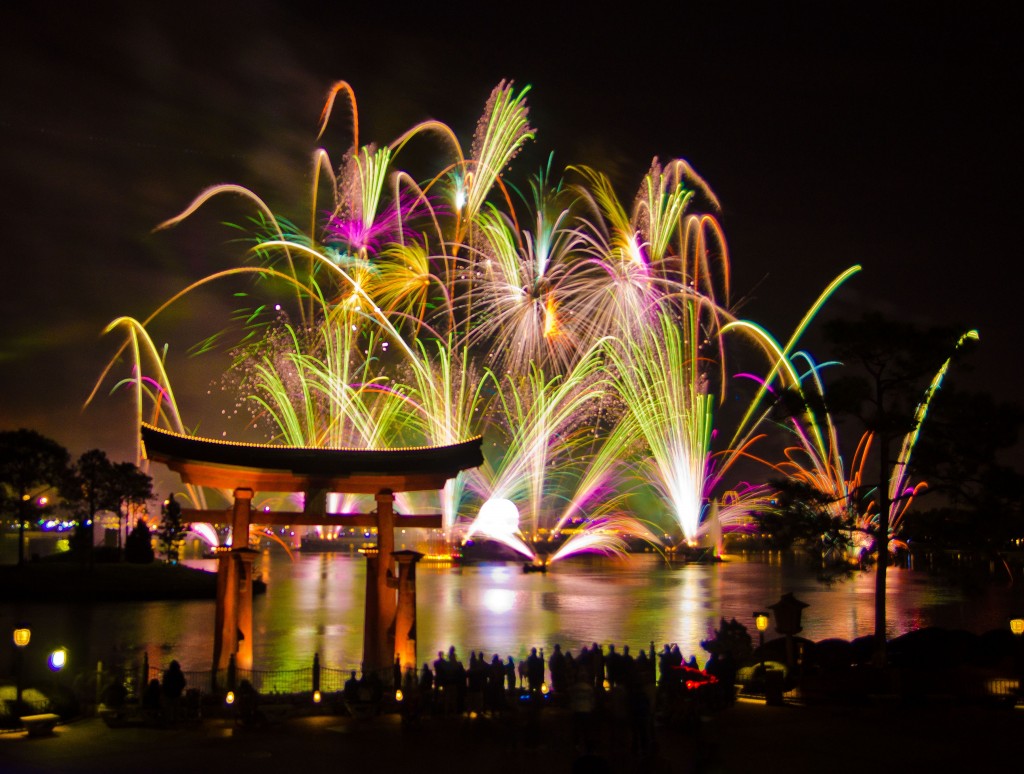
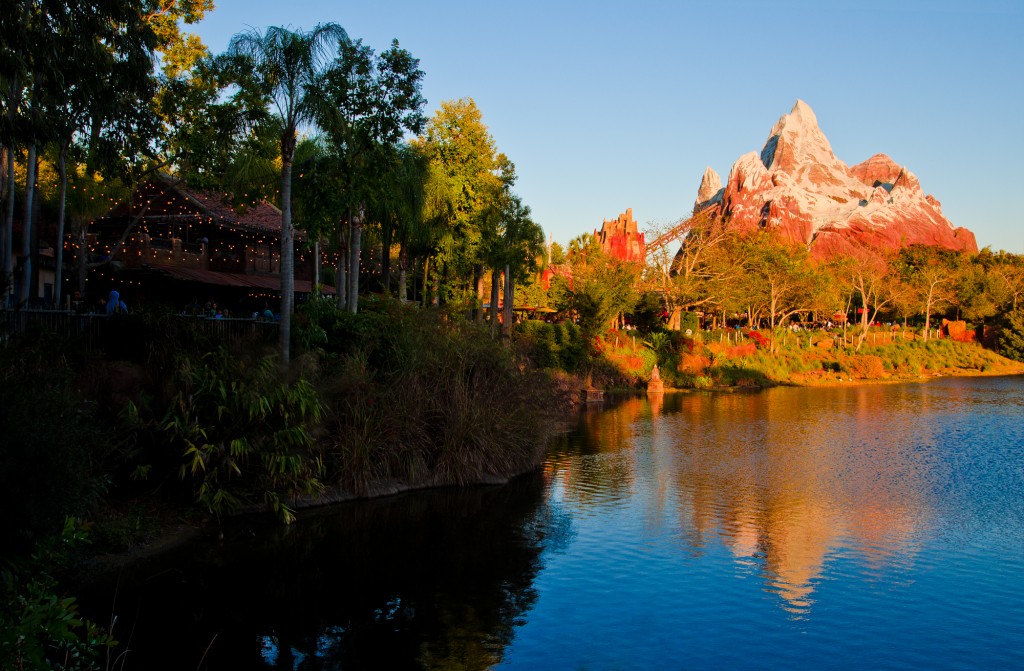

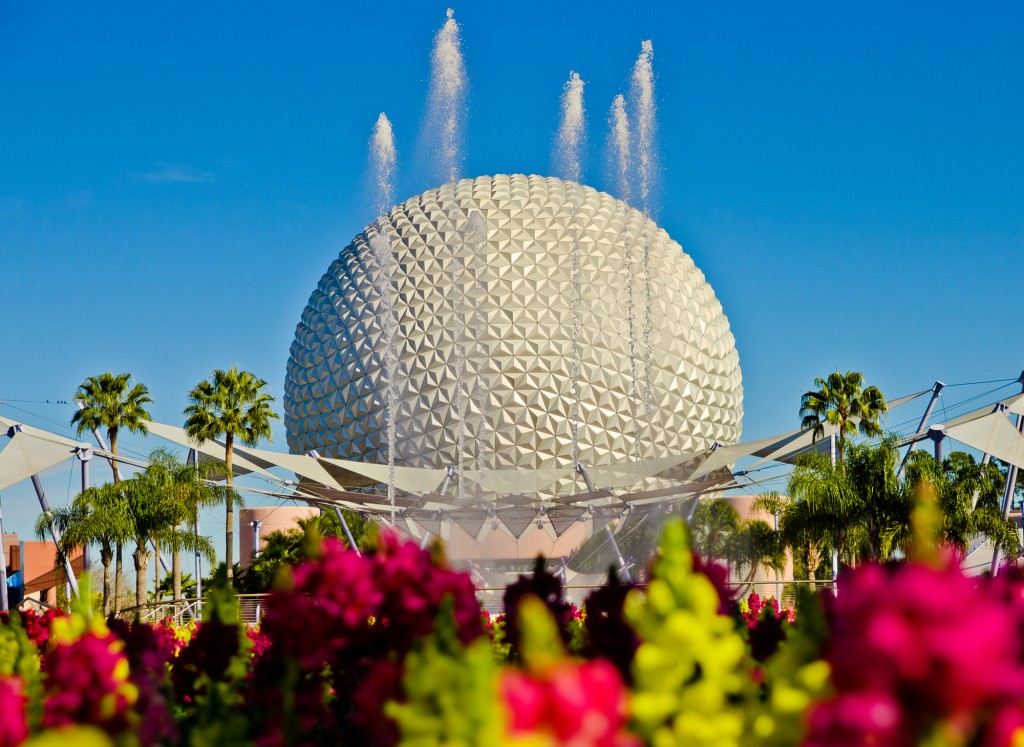



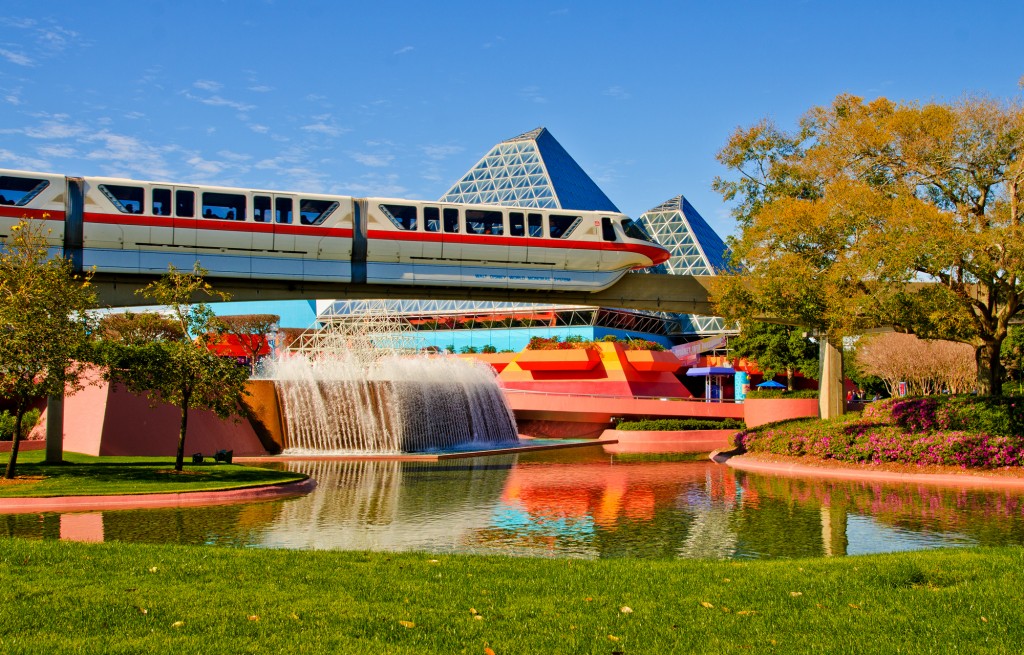
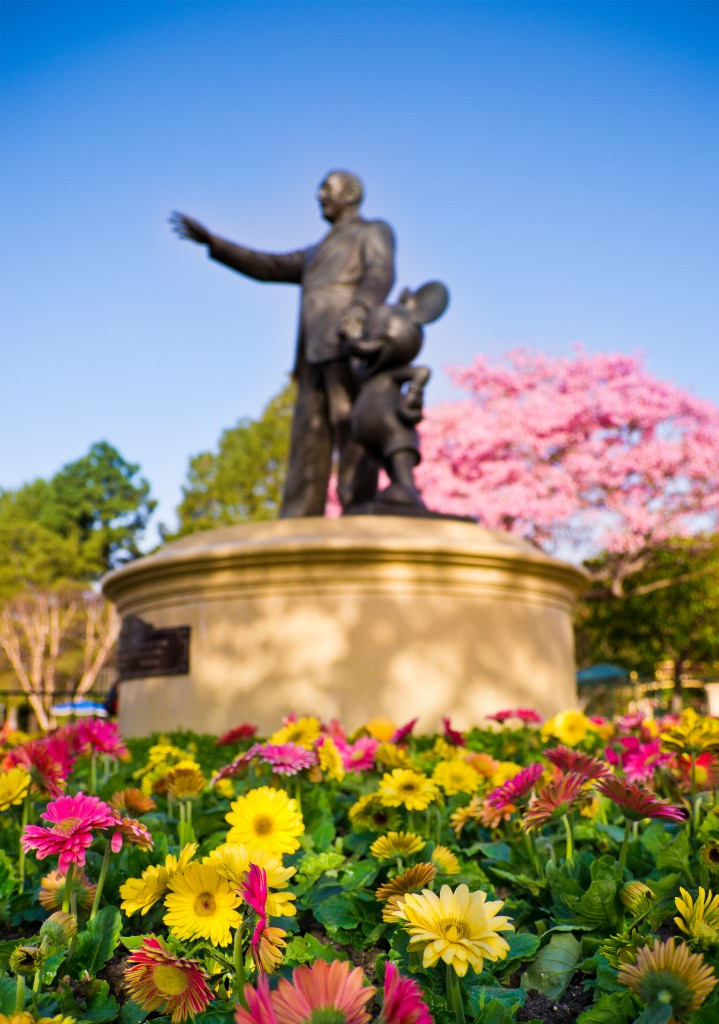
This or the sigma version the OS for the Nikon D7100? Great article by the way.
I have the canon lense and I would love to know what settings you put your camera on when you took the pictures above of the fireworks and the Mark Twain Riverboat. I am still trying to learn how to use this lense especially at night to get the best picture. I absolutely love the one of the fireworks. Any suggestions you are willing to give would be greatly appreciated.
While all of this means that there are spots
on some of the highest tier teams for those who find themselves displaced due to relegation there will always be those
who have just seen their career end in the span of three to five games.
As much as I liked the original Naga Hex’s
overall design, I disliked its shimmery, shiny plastic
carapace. I can tell you from experience that you have to be prepared for anything.
That is a good tip especially to those new to the blogosphere.
Simple but very precise information… Thanks for
sharing this one. A must read post!
What’s up to all, the contents existing at this website are truly remarkable for people knowledge, well, keep up the nice work fellows.
Thanks for this post! We’re making our first trip to Disney soon, and I’ve convinced myself that I need a zoom. All I currently have are primes (including a 50mm/1.4G that I LOVE), but I realize that I’ll need something wider.
I came back to this review to thank you. Your review helped tipped me over the edge on picking one up to replace the kit lens for a “walk-around.” Today I finally had some decent weather to give it a good trying out and I’m impressed. Sure, it’s a *tiny* bit soft if you look at an image 1:1 but considering the price, this lens is astonishingly good.
Compared to Nikon or Canon lenses that cost 3-4 times the price, it might be a bit soft. Compared to other lenses in its class, it’s absolutely top notch!
I am about to buy my first setup. I am planning on buying the Nikon D5200 with 18-55mm f/3.5-5.6 AF-S DX VR NIKKOR Zoom Lens. I am having trouble deciding on what other lens to get. Should I get the Nikon 55-200mm f/4-5.6G ED IF AF-S DX VR as my second lens or the Tamron 17-50mm f/2.8 Lens. If anyone has a better lens set for this camera please let me know.
Im considering upgrading to a d7000 from my d40. i found a package deal that would include the 18-200mm vrII for under 1500, but I was wondering what your thoughts on just going with this lens and just buy the d7000 body and save about 300 bucks for a prime lens or more spending money at disney.
The 18-200 is a good lens, but I would definitely recommend a zoom like the Tamron 17-50 over it *if* you don’t need the extra reach.